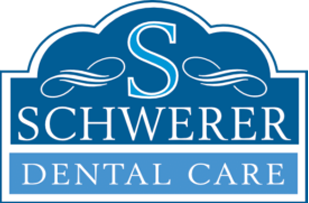GUM DISEASE
Gum Disease
To a dentist, gum disease is called periodontal disease. Periodontics is the branch of dentistry that deals with all the tissues and supporting structures around your teeth. Your regular, daily-care routine and getting cleanings and examinations done on your doctor’s recommended schedule go a really long way toward keeping all these tissues healthy.
The early stage of gum problems is called gingivitis . When problems are more severe, the problem is called periodontal disease. To check for gum problems, your dental hygienist may measure the depth of the open spaces between the teeth and the gums. Gums should fit tightly to the tooth, so if there is open space below the gum line, food can get trapped in these spaces and give bacteria a place to grow. This bacteria irritates your gums and can be the start of infections. Gum infections have been shown to contribute to serious health conditions, such as some types of heart disease or stroke, and premature birth and low birth rate for babies.
What are the Symptoms of Gingivitis or Periodontal Disease?
Symptoms of gingivitis include red, swollen gums that bleed easily.
Symptoms of periodontal disease are more intense. They include:
- Sore, tender gums
- Painful chewing
- Loose or sensitive teeth
- Gums that recede, making teeth look longer
- Bleeding gums
- Change in the spacing between teeth or in the way your teeth come together
- Bad breath that does not respond to usual solutions.
If you have a partial denture, you should also watch for a change in the way this denture fits.
If you notice any of these symptoms beginning to develop, call us right away. The sooner we can begin to treat the cause of periodontal disease, the faster it will clear up and the healthier your teeth and gums will be.
Solutions to Periodontal Disease
One of the most important actions you can take to eliminate periodontal disease is to follow your dentist’s recommendations for at-home care and preventative care visits to the dentist. Twice-daily brushing and once-daily flossing are essential, but that is just a start. You must have all the plaque and tartar cleaned off your teeth at the intervals recommended by your dentist.
If maintaining good at-home care and getting regular cleanings do not eliminate the problem, you may need a more thorough cleaning treatment called scaling and root planing . This cleaning is done with anesthetics and cleans out tartar, plaque and toxins from below the gum lines. Rough spots on root surfaces are also smoothed out so bacteria won’t collect there. Dr. Schwerer may also recommend special mouth rinses and medications to improve healing and prevent further infections.
By maintaining good at-home care practices and working with Dr. Schwerer on preventing and remedying any problems found, it’s possible to maintain a healthy mouth, teeth and gums and preserve your teeth for your whole life.
If you have any concerns about the health of your gums or if one of your family members is showing any of the signs of gingivitis or periodontal disease, please call us today to schedule an examination.

